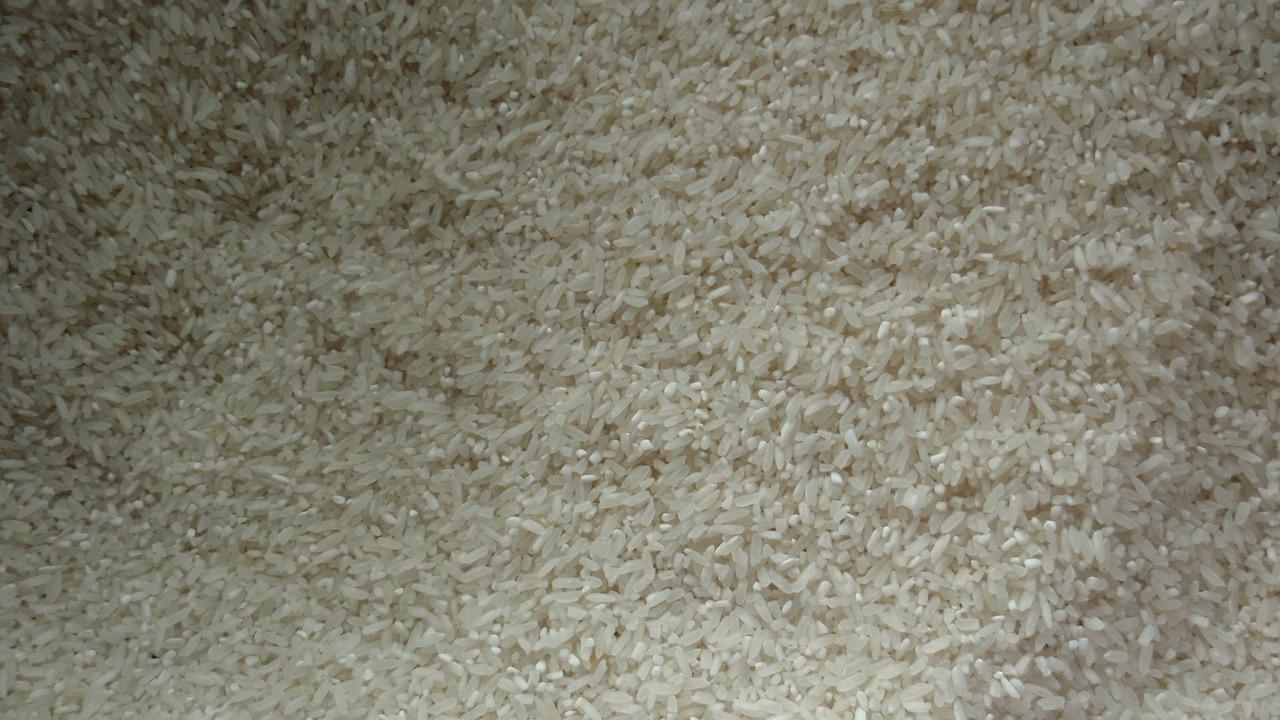Beneficient is a designer of technology products. He has a B.S. in electrical engineering and an M.S. in computer science from Stanford University, and he has worked at several startups, including Google and Facebook. He is the co-founder of Conversion.ai, Proof, and Apptopia.

Rice hulls promote soil permeability, water-holding potential, and oxygenation when used appropriately. Rice hulls, unlike perlite as well as other rock materials, should not demand excavation. They do not need the destruction of habitats in marshes, wetlands, or rain forests, unlike peat. These, like wood pulp, are an agricultural byproduct that would otherwise be discarded.
Rice hulls seem to be the thin shells that shield grains of rice from the elements. After the crop, the millers extract them with a Rice husk pellet machine. These are non-toxic and recyclable, and as they decompose, they nourish the ground.
As a result, even more hobbyists and professional gardening businesses are adding rice hulls to their peat mixture. As a consequence, they lessen their reliance on peat, which humans consume at a rate quicker than wildlife can replenish.
How to apply Rice Husk in your garden?
As you feed your patches in the springtime, apply roughly a two-inch coating of rice husk throughout the ground. It should be mixed into the upper 6 to 12 inches above the ground. A 10 to 50 percent proportion of rice husk in your potting soil is sufficient for flower pots.
Rice husk can also be used as a layer, similar to how straw is used to keep water in the soil and keep weeds at bay. Rice husk, when sprinkled into the top 12 to 1-inch of soil, offers efficient weed control, according to studies.
In horticulture, rice husks are extremely lightweight. It makes them particularly well-suited to loosening and airing the soil, allowing plants to receive oxygen via their bases.
Rice husk is a by-product of the rice harvesting process. They are an appealing biomass fuel because they are not simply widely accessible in huge numbers but it also easy to gather due to the predominance and year-round production of agronomic practices from both an industrial and local scale.
Additionally, the thermal decomposition of the husk eliminates the waste husk disposal issue. Husk-based generating products can be not only functional but also very profitable if the fuel qualities are comprehended. And if the fuel is burned up using specially built equipment that allows for cost-effective extraction.
Rice Husk ashes can be used in concrete
The shell hardens into opaline silica and lignin, among other things. Rice husk holds a variety of silica when it’s appropriately burned (SiO2). As a result, it can be employed as a supplemental cementitious ingredient in concrete products when combined with concrete.
Rice husk ash is just an active pozzolanic material that may be used in a variety of construction materials applications. RHA is less costly since it decreases the amount of cement used, dramatically reducing cost of concrete manufacturing.
Reduced cement demand reduces pollution from cement plants and offers financial and environmental benefits, as well as a practical way to dispose of agricultural waste that has few other uses.
Because the density of the material incorporating rice husk ash is equal to that of regular concrete, it may be utilized for a variety of applications. Rice husk ash concrete’s impermeable microstructure makes it more resistant to sulphate assault, chloride intrusion, carbonation, and other environmental factors.
